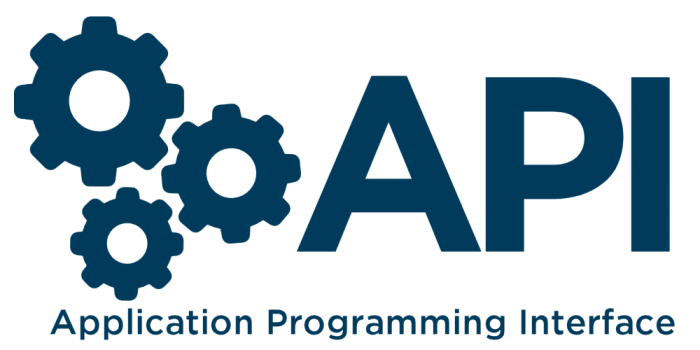Application Programming Interface (API) is a set of protocols and tools used for building software that utilized for a browser or server. An Application Programming Interface generally defines methods of communication between different components. They make it easier for programmers to develop computer programs by providing building blocks, which are then put together, by the programmer. It has become almost impossible to have a conversation or the development of a software program without application programming interface.
APIs vary, and they are made for websites, applications, computer hardware, database systems and operating systems. Sometimes, you copy a lovely image and paste it at a different location in Windows, for example, the APIs detect this command and make it happen. Also, system hardware and applications use the Application Programming Interface sets. API specifications come in different forms, but often include routines, data structure, object classes, variables, or remote calls.
Web APIs are defined connections made between an enterprise and applications that use its assets. The provider exposes their service path or URL for its API users and can be accessed using HTTP protocols. Web APIs can be built using technologies such as JAVA, .NET and can be consumed by any application like web applications, mobile applications, and desktop applications. An interesting example is using an airline API, integrating parts of their services into an app makes it possible to carry out specific functionalities like the checking lists of flights available. Some popular examples of Web APIs offered are:
- Google Maps API: This lets users embed the interface on web pages using a JavaScript or Flash interface. The Google Maps Application Programming Interface is designed to work on both Mobile and Desktop devices.
- YouTube APIs: YouTube has a series of API like YouTube Analysis API, YouTube Data API, YouTube Live Streaming API and others, which allows developers include YouTube videos and other functionalities into a website or application.
- Twitter API: Twitter offers two APIs, the REST API that gives developers the access to core Twitter data and the Search API, which allows developers to interact with Twitter Search and trends.
- Amazon Product Advertising API: Amazon’s Product Advertising API gives developers access to functionalities like product selection and discovery to advertise Amazon products to monetize a website.
Web APIs plays an essential role in the connection between applications, websites and service providers smoothly. Without the use of APIs, the client app of an application would need its own embedded business logic to connect directly to a database to retrieve, update, and manipulate data. It requires every application to remain in sync with each other, and in a case where alternations are made in the application, every app is needed to make the same change individually. The use of web APIs help maintains applications by getting updates or changing data.
APIs are lightweight architectures and are suitable for devices which, have limited bandwidth like smartphones. Development using Web API itself makes a separation form UI development. API controller patterns are similar to MVC controllers which makes it easier to maintain and understand. API does not limit a user to stick with a specific interface or technology to interact.

